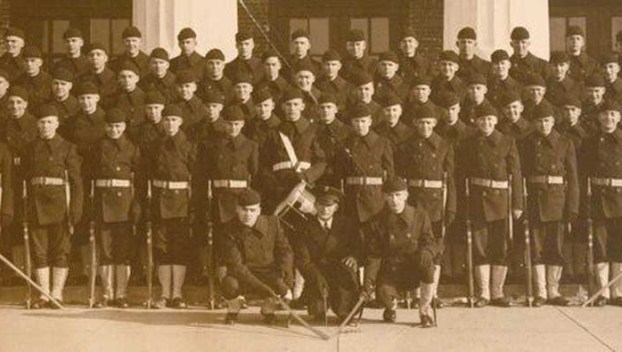
Cnhi Network
Front seat to history: Pearl Harbor survivor remembers attack 75 years later
When he enlisted in the U.S. Navy on Dec. 11, 1939, Jim DeWitt had no idea he was ... Read more

When he enlisted in the U.S. Navy on Dec. 11, 1939, Jim DeWitt had no idea he was ... Read more